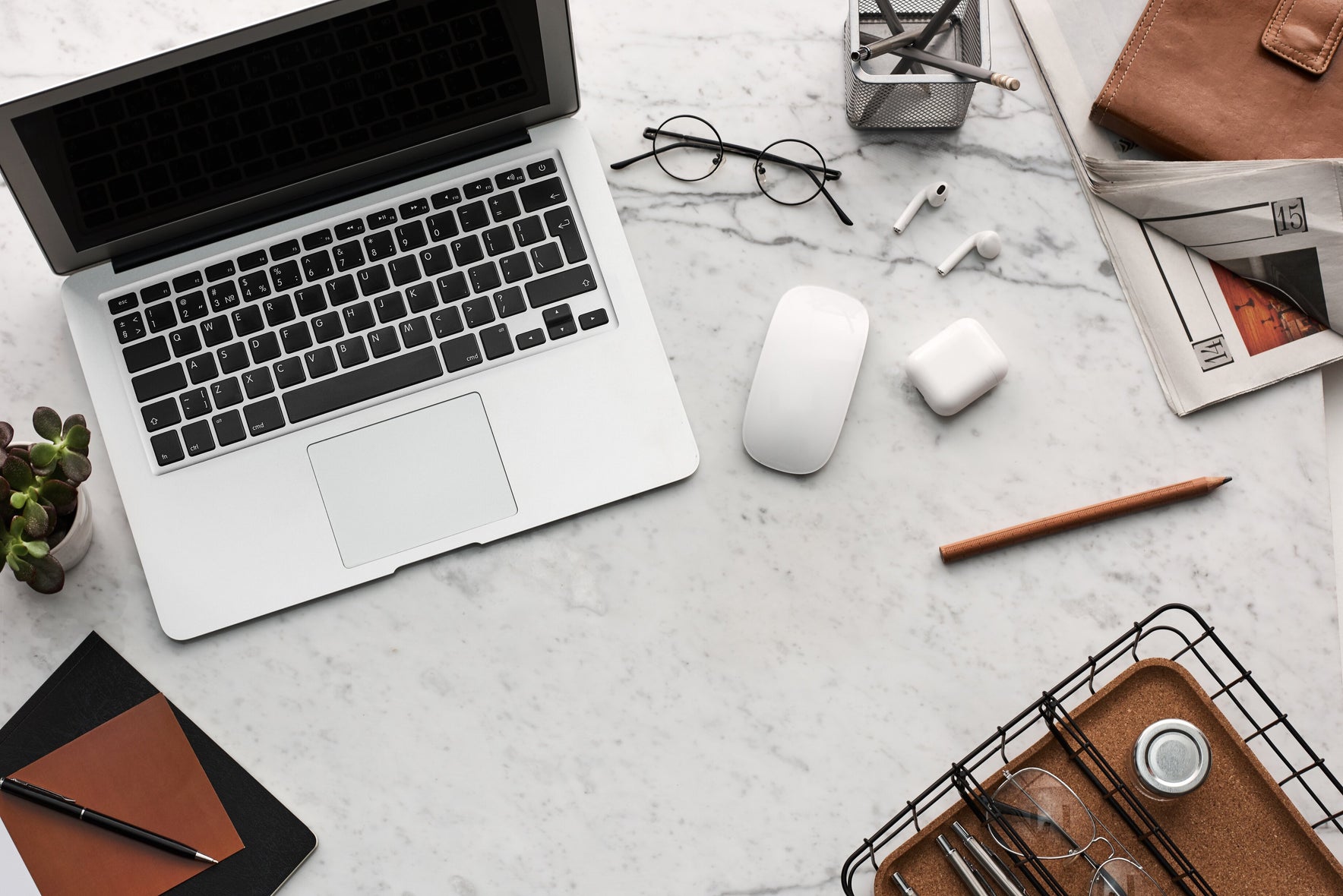
WFH Causing You Pain?
Working from home is likely to be the norm for the foreseeable, which means it’s also likely that our backs will suffer the consequences of makeshift desks and kitchen-table working. While it might seem obvious, the first rule when trying to combat or prevent back pain caused by less than optimum desk conditions is to move as often as possible. Take calls walking around, do shoulder rolls while making coffee and always make sure you have regular breaks from your desk where you’re as active as possible. This will help negate the problems that can arise from being so sedentary or from being constantly hunched over a screen. Changing the angle of your screen is a good place to start if you’re experiencing back or neck pain already; make sure it’s angled at or just below eye level and that it’s about arm’s length away from your body. To ease those niggling pains caused by the wrong angle, the wrong chair or the wrong type of desk, read on…
Cat/cow stretch
Bending and lengthening the back mobilises the muscles, maintains a healthy spine, increases blood flow and eases existing pain.
- Begin on all fours with your knees aligned with your hips and your wrists aligned with your shoulders.
- Take a deep breath and arch your spine upwards towards the ceiling like an angry cat, tucking your head between your shoulders and your tailbone between your legs as you go.
- Next, invert the movement. Take another deep breath and drop the spine towards the floor and lift the head as you tip your hips forward.
- Return to your starting position and repeat.
Lower back rotational stretch
This stretch helps alleviate tension in the lower back and also improves core stability which will help strengthen your back too.
- Lie on the floor on your back with your knees bent and your feet flat on the ground.
- Keeping your shoulders firmly on the floor, gently roll both your bent knees over to one side.
- Hold the position for 5–10 seconds.
- Return to the starting position and repeat on the other side.
Glute bridges
Sitting down all day at a desk means your glutes aren’t kept activated, and if they’re not switched on, other muscles, such as those in your lower back have to compensate, which can lead to pain and injury.
- Lie on your back with feet flat against the floor, keeping your knees bent.
- Squeeze your glutes and lift your hips off of the floor until your body forms a straight line from your knees to your shoulders. Pause then lower yourself back down to your starting position.
- Repeat for 15 reps.
Clam shell
A great exercise that works on your hips to help stabilise your pelvic muscles and in turn strengthen your lower back.
- Lie on your side with your knees bent and stacked on top of each other.
- Keeping your feet on top of each other, slowly raise the top knee up into the air about 45 degrees. If you need to, press down on your upper hip with your free hand to ensure you don’t lean back and that your hip stays aligned.
- Repeat for 15 reps.
Bird dog
Strengthening your core can have a big impact on stabilising the muscles and tendons in your lower back.
- Get on all fours on the ground with your knees hip width apart and your hands shoulder width apart. Brace your abdominals.
- Lift one hand and the opposite knee just off the ground while balancing on the other hand and knee. As you move, keep your weight centred, your abs engaged and your hips squared to the ground. Extend to the full range of motion by pointing the same arm straight out in front of you and extending the leg straight out behind you.
- Hold for a few seconds then return your hand and knee to the starting position.
- Repeat for 5 reps on each side.
